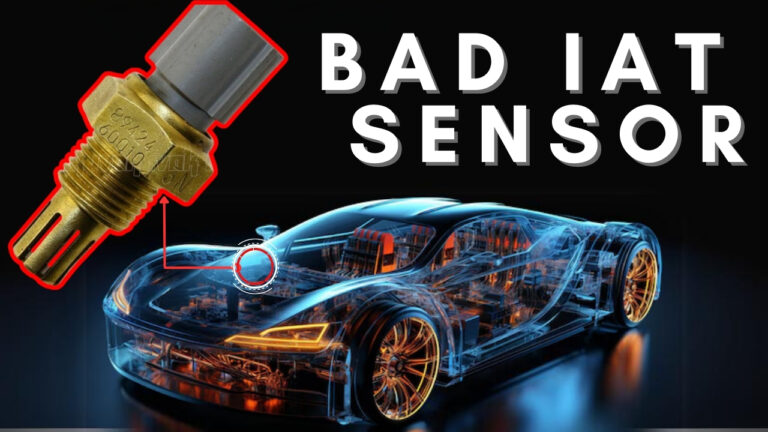In the heart of your vehicle’s power system lies a humble yet crucial component – the battery terminals. These unassuming connectors play a pivotal role in ensuring your car starts reliably and runs smoothly.
But as time goes on, these terminals can fall victim to a stealthy invader: corrosion. Imagine getting stranded on a busy morning due to a corroded battery terminal – not the ideal way to start your day, right?
Don’t worry; we’ve got you covered. In this illuminating guide, we’ll dive deep into the world of car battery terminal corrosion, addressing its causes, consequences, and most importantly, how to combat it.

Reasons for Corrosion in Car Battery Terminals:
Understanding these reasons is crucial for effectively tackling the issue and maintaining a well-functioning battery:
- Corrosion Due to Overcharging: When a car battery is subjected to excessive charging, it can lead to the accumulation of hydrogen gas around the positive battery terminal and create a corrosive environment.
- Corrosion Due to Undercharging: When a battery is not sufficiently charged, it can lead to the formation of sulfation, a process where sulfate crystals accumulate on the battery plates.
These sulfate crystals can then dislodge during charging and mix with electrolyte, increasing the likelihood of acid leakage. This acid leakage, if left unaddressed, can cause corrosion
Why Corrosion is Bad for Car Batteries?
Here’s a closer look at the negative effects of battery terminal corrosion:
- Impaired Electrical Connectivity: Corrosion acts as an insulator, creating a barrier between the battery terminals and the connecting cables.
This barrier inhibits the smooth flow of electric current between the battery and the vehicle’s electrical components. - Reduced Battery Efficiency: When the terminals are corroded, they cannot provide a strong and consistent connection to the battery’s internal chemistry.
This can lead to reduced charging and discharging rates, resulting in a weakened battery capacity and shorter overall lifespan. - Risk of Acid Leakage: Severe corrosion can cause acid leakage from the battery, particularly if the accumulation of sulfate crystals is significant.
Acid leakage not only contributes to the corrosion process but can also lead to damage to surrounding components. - Difficulty Starting the Vehicle: The starter motor requires a consistent and strong electrical current to effectively crank the engine.
Corroded terminals hinder the flow of electricity to the starter, leading to sluggish or failed engine startups.
Why Corrosion is Bad for Car Batteries?
As the battery generates electrical energy, it releases hydrogen gas, which interacts with the surrounding air to create a corrosive environment.
Moisture in the air further accelerates this process, forming an electrolyte solution that leads to the formation of sulfate crystals and corrosion on the battery terminals.
Step-by-Step Process to Clean Battery Terminals:
Follow these steps to effectively clean and protect your car’s battery terminals from corrosion:
Step 1: Safety First, Before starting, ensure the car is turned off and the ignition key is removed. Safety glasses and gloves are recommended to protect your eyes and skin from any residue or chemicals.

Step 2: Begin by removing the negative terminal first. This precautionary step ensures that while you’re working on the positive terminal, you don’t accidentally bridge the negative terminal and risk an electric shock.

Step 3: Once the terminal is disconnected, proceed to eliminate the corrosion buildup using a designated brush. Gently scrub away the corrosive deposits from both the terminal and the cable end.
To further enhance the cleaning process, apply a specialized battery cleaner such as CRC Battery Cleaner. This solution helps dissolve any remaining corrosion.

Step 4: After application Battery Cleaner, take your brush and gently scrub the treated areas to ensure thorough cleansing.
This step guarantees that all traces of corrosion are effectively removed, leaving the terminal and cable surfaces clean and ready for the next stage of protection.

Step 5: Use an electronic cleaner spray to thoroughly wash away any dissolved corrosion and cleaner residue from the battery terminals..

Step 6: Enhance the defense against corrosion by utilizing a battery corrosion pad. These pads are designed to fit over the battery terminals and create an additional layer of protection against corrosive elements.

Step 7: Finally, carefully reattach the battery terminal, starting with the positive terminal followed by the negative one.
To provide long-lasting protection against corrosion, apply a high-quality anti-corrosion inhibitor grease to both the terminal and connector. This grease forms a protective barrier that helps repel moisture and contaminants, reducing the likelihood of corrosion reoccurring..

Best Practices to Protect Car Battery Terminals:
Taking care of your car battery goes beyond just fixing current problems – it’s about preventing issues and ensuring it runs smoothly for the long haul. Make sure you’re prepared with a battery cleaner toolkit to keep your battery in top shape.
Here are some key practices to help you protect your car battery from corrosion and enhance its longevity:
- Regular Cleaning: Make it a routine to clean the entire top of the battery case. Acid mist generated during the battery’s operation can mix with dust, creating a conductive path that leads to corrosion.
- Apply Dielectric Grease: Dielectric grease, a petroleum-based jelly, acts as a protective barrier against moisture.
Applying a thin layer of this grease to the battery terminals creates a shield that prevents water and moisture from reaching the terminals and causing corrosion. - Inspect Battery Hold-Down: Ensure that the battery is properly secured with a hold-down bracket or strap.
Vibrations from driving can lead to friction between the battery case and terminal connectors, potentially causing damage and corrosion. - Avoid Overcharging and Undercharging: Corrosion in battery terminals can be exacerbated by overcharging or undercharging the battery.
Maintaining a balanced charging regimen can prevent the buildup of excessive hydrogen gas, reducing the likelihood of corrosion.
Conclusion:
Corrosion not only affects the reliability of your vehicle’s electrical system but also shortens the lifespan of your battery.
By understanding the causes of corrosion, following a systematic cleaning process, and adopting preventive practices, you can ensure that your car’s battery terminals remain in top condition.
Regular maintenance, along with the application of protective solutions like dielectric grease and corrosion pads, will not only prevent issues but also extend the life of your battery.


